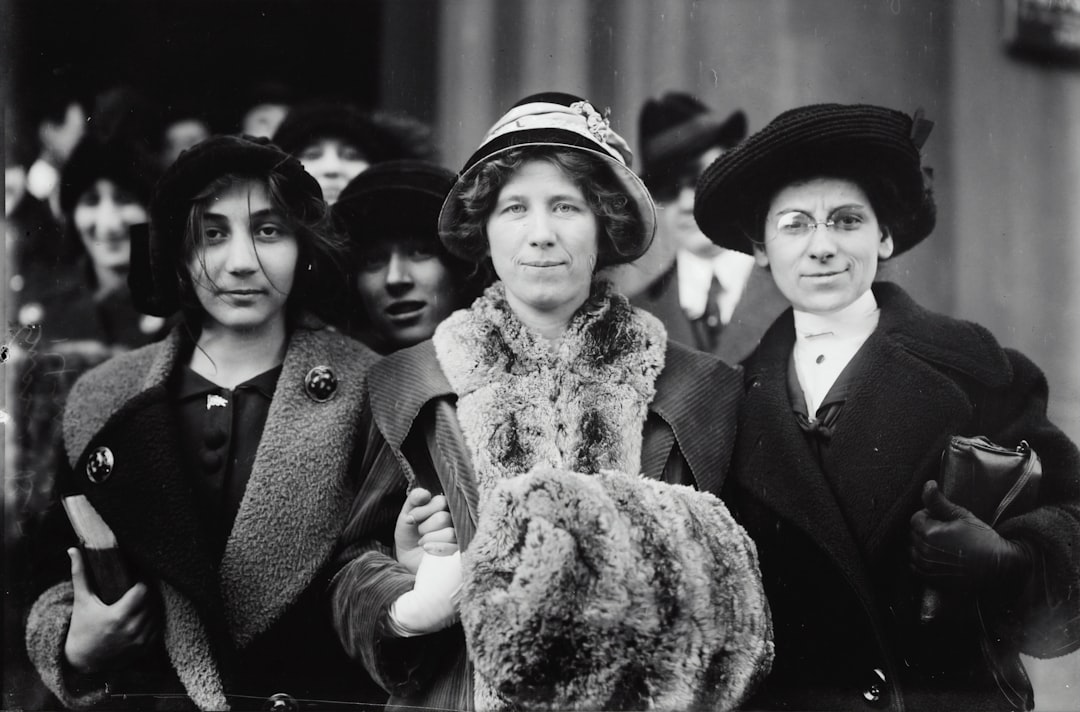What is it about?
I discuss the twentieth-century traumas that have affected European identity by and through the life stories of W. G. Sebald’s characters in The Emigrants (1992) and Austerlitz (2001), which combines the collective and the personal narrative identity. I conclude that the performative aspect of the past needs to be translated into personal forms of commemoration that surpass the official memory archive, which task requires a comprehensive and sensitive understanding of those traumas at both the individual and collective levels.
Featured Image
Why is it important?
In this essay I explore the role of traumatic memories in the formation of collective identity, the national or transnational sites of memory that are officialized by the state. I argue that collective traumas need to be counterbalanced by personal memories that can diminish their pain and thus enable people to regain their lost sense of being at home.
Read the Original
This page is a summary of: Narrative Identity and Trauma: Sebald’s Memory Landscape, The European Legacy, September 2014, Taylor & Francis,
DOI: 10.1080/10848770.2014.965525.
You can read the full text:
Contributors
The following have contributed to this page










